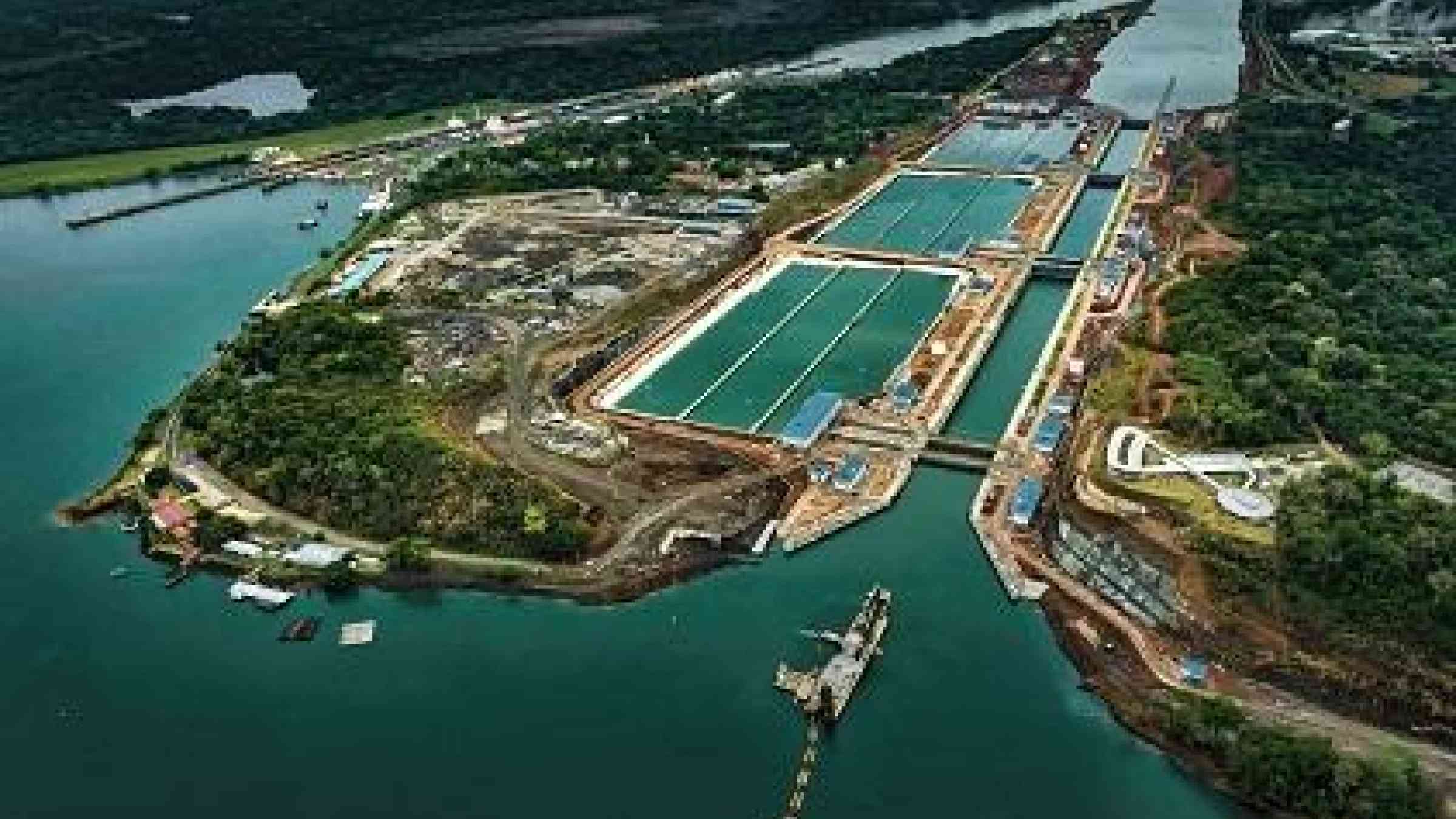
A drought that prompted the Panama Canal to impose draft restrictions on ships has now lowered the water levels of two of its lakes. This will force ships to lighten their loads. That will push the price of consumer and industrial goods that move through the interoceanic passage. Since February, The canal authority has steadily reduced draft levels — how low a ship can sit below the water’s surface. As a result, shippers have had to lighten their loads by carrying less cargo or splitting the same amount of goods into more containers. This has also forced some ocean carriers to charge per-container fees for their services.
The canal’s administrator said Wednesday that it would expand restrictions on the most significant ships crossing one of the world’s busiest trade passages because of shallower waters in parts of the canal. Gatun Lake, the main lake that supplies the canal, is about 1.4 meters below optimum levels. The level of another lake that supplies the canal, Alajuela, is 7.2 meters below normal. The canal’s administrator blamed the drought on a combination of factors, including climate change and the impact of El Nino, a recurring phenomenon in which warm Pacific Ocean temperatures lead to drier conditions in some areas and wetter ones elsewhere.
In addition to supplying the canal, the two lakes are used for power generation. Both have been reducing production as a result of the drought. The canal promotes other short-term drought measures, including allowing ships to recycle some of the water they use while passing through the new Neopanamax locks.
A drier period will likely hit the canal’s profits. It is one of the world’s busiest commercial waterways, transporting more than a billion tons of cargo yearly and making up about 10% of Panama’s gross domestic product. The Panama Canal Company has invested millions of dollars in expanding it to accommodate the larger Post-Panamax vessels, which carry more cargo and reduce transportation costs by eliminating the need to cross the Atlantic Ocean twice.
The expansion began in 2007, but cost overruns, labor fights, and legal battles pushed the opening to September last year. The canal cuts shipping time from the East Coast of the United States to the Pacific Ocean by about a third. The expanded capacity will enable it to handle about double the cargo volume in the future. That will require more investment in the canal’s infrastructure and other projects. The government hopes to begin a second phase of the project to handle even more traffic by 2025. It will cost about $12 billion. In addition to building a second set of locks, the project will include an additional canal basin and port facilities on both sides of the isthmus. It will also take years to build a new road bridge to link the two sides of the canal.


